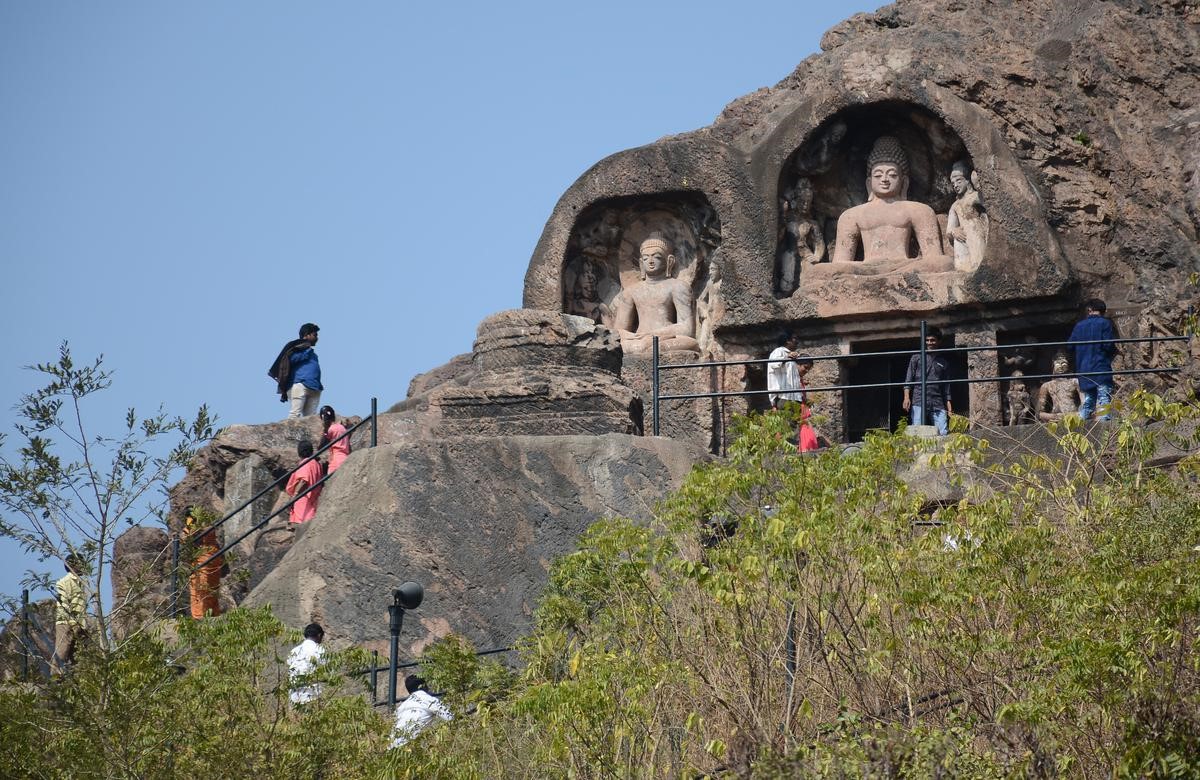
Bojjannakonda

06.10.2023
Bojjannakonda , Daily current affairs , RACE IAS : Best IAS Coaching in Lucknow
Why in the news?
The Central government has sanctioned ₹7.30 crore recently for taking up landscaping and development of tourist amenities at Bojjannakonda site.
About
- It is located in the state of Andhra Pradesh.
- The name Bojjannakonda translates to “hill of the bojjas,” referring to the numerous rock-cut caves and shrines found on the hilltop.
- The site was excavated under the aegis of Alexander Rim in 1906.
- The site is famous for many votive stupas, rock-cut caves and brick-built edifices.
- A gold coin belonging to the Samudra Gupta period, copper coins of the Chalukya king Kubja Vishnu Vardhan, coins of Andhra Satavahanas and pottery were discovered at the site.
Features
- An interesting feature of Bojjannakonda is that it shows features of all the three phases of Buddhism: Hinayana, Mahayana and Vajrayana.
- A figure of ‘Kalabhairava’ with the head of Lord Ganesha wearing conch shells and the statue of a Buddhist monk, ‘Harati’, have also been found at the site.
- There is a large double-storeyed cave on the hill.
- The rectangular cave has a doorway and is flanked by ‘dwarapalakas’ on either side.
- There is a rock-cut stupa, standing on a square platform, at the centre of the cave.
- A series of rock-cut caves and monolithic structures standing on rock platforms are present on the northern side of the hill.
- The upper cave has a rectangular doorway flanked by figures of the Buddha on either side.
- The imposing figures of the Buddha, seated in meditation posture, and the stupa are the main attraction for tourists at Bojjannakonda.
- On the top of the hill, there is a group of structural buildings and a vihara (monastery), which has been reduced to ruins.
- To the west of Bojjannakonda, another hillock, Lingalakonda or Lingalametta, is present.
- A number of monolithic and structural stupas can be seen on the top of this hillock.
Source:The Hindu